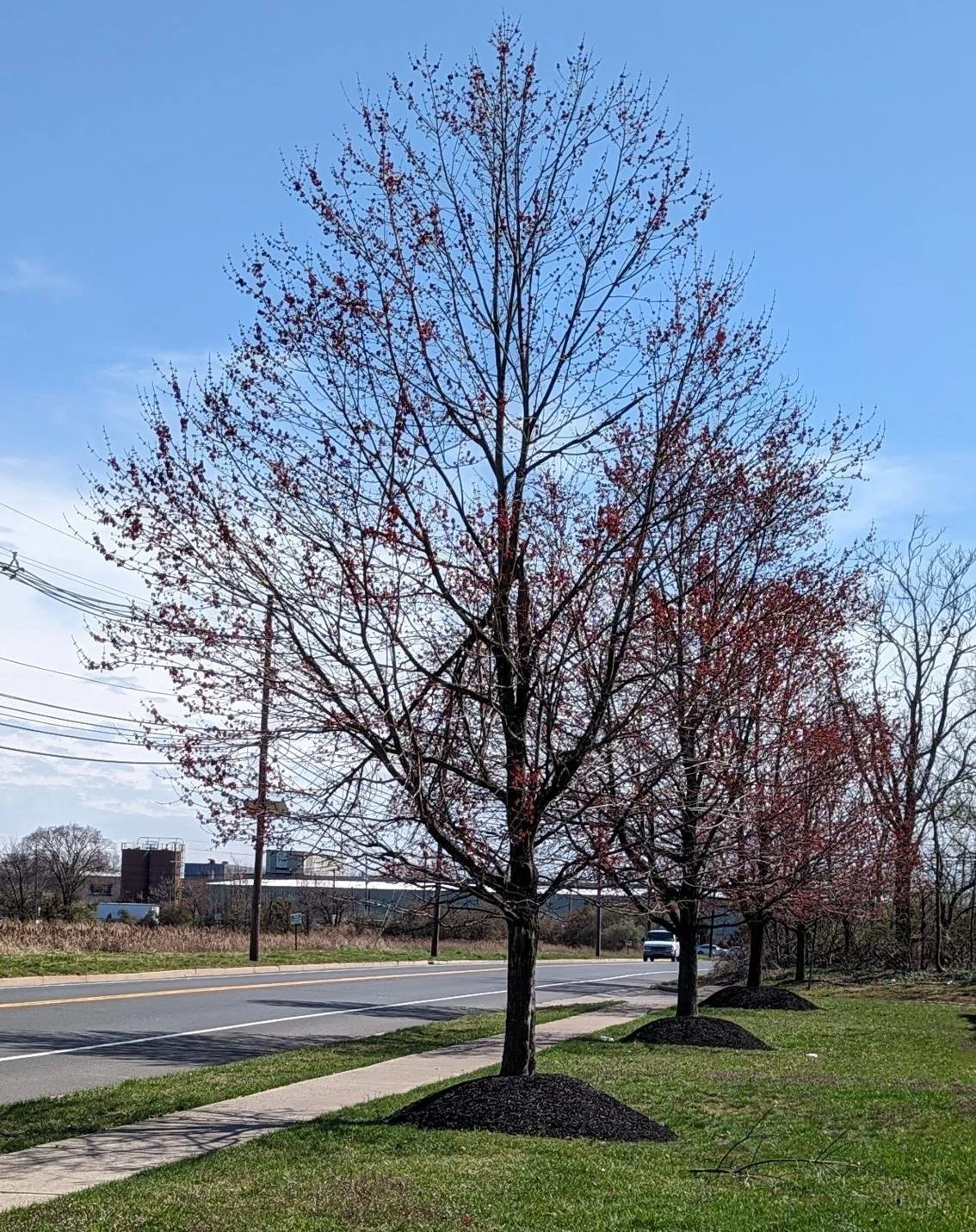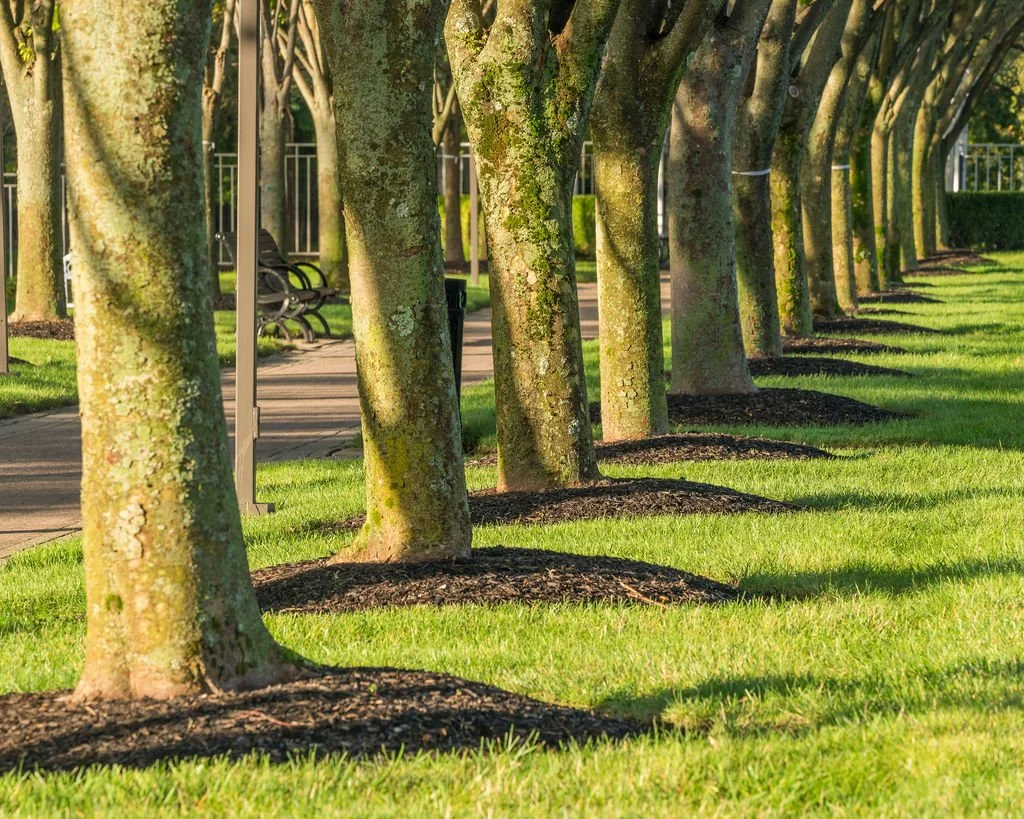Landscape Maintenance Tips: Tree Mulching
Trees are essential to our environment and provide numerous benefits, from purifying the air we breathe to reducing energy costs by providing shade. They also add value to your property and enhance the beauty of your landscapes. Proper tree mulching is an important part of maintaining healthy trees, but there are many misconceptions about how to do it correctly. In this blog post, we will discuss some of the things you should avoid when mulching your trees and provide you with tips on how to do it properly.
One of the most common mistakes people make when mulching their trees is creating what is known as a "mulch volcano." This occurs when too much mulch is piled up against the tree trunk, creating a cone-shaped pile that resembles a volcano. This can cause significant harm to the tree by trapping moisture against the trunk, leading to rot and disease. The mulch can also attract insects and rodents, which can damage the bark and further weaken the tree. To avoid creating a mulch volcano, make sure you use a 2–3-inch layer of mulch around the base of the tree, but keep it at least a few inches away from the trunk.
Another problem that can arise from improper mulching is girdling roots. This occurs when the tree's roots grow around the trunk, eventually strangling it and causing it to die. Girdling roots can be caused by planting the tree too deeply, or by placing mulch too close to the trunk. To prevent this from happening, make sure the mulch is not too close to the tree's root flare, which is where the roots start to flare out from the trunk.
When it comes to choosing the right type of mulch, there are several options available. Organic mulches, such as wood chips or shredded bark, are ideal because they break down over time and add nutrients to the soil. Inorganic mulches, such as rocks or gravel, are not recommended because they do not provide any nutritional benefits to the tree.
Lastly, an important thing to keep in mind is that mulch should be refreshed once a year. Over time, organic mulches break down and can become compacted, which can lead to soil erosion and make it difficult for water to penetrate the soil. By refreshing the mulch layer once a year, you can help maintain a healthy environment for your tree's roots to grow. Just be careful to avoid too much buildup of mulch and in some cases if the mulch does not break down year after year it may become necessary to remove mulch to avoid a mulch volcano from forming.
Proper mulching can have many positive effects on your trees. By retaining moisture and regulating temperature, mulch helps to create a healthy environment for the tree's roots to grow. It also helps to improve soil structure by promoting aeration and drainage, and controls soil erosion by reducing runoff and protecting soil from raindrops. This is especially important for steep slopes or areas with heavy rainfall, where erosion can be a significant problem. And finally, mulch can act as a barrier against pests and diseases, as well as prevent weeds, which can compete with the tree for nutrients and water.
By following these simple tips, you can help ensure that your trees remain healthy and vibrant for years to come. Give us a follow for more tree & plant care tips or reach out to us at liveoaklandscape.com/contact to discuss how Live Oak can transform your property’s tree care & maintenance strategy.




